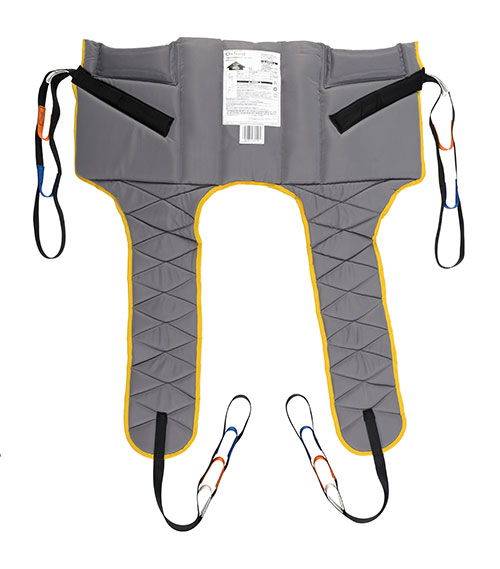

It was replaced by the Series II Oxford in 1954. The MO was sold as a 4-door saloon and 2-door Traveller estate with exposed wood. The four-speed gearbox had a column gearchange and steering was by rack and pinion. The single SU-carburetted engine displaced 1.5 L (1476 cc/90 in³) and with its output of 40.5 bhp (30.2 kW) at 4200 rpm could propel the car to 72 mph (116 km/h).

It used a side-valve straight-4 rather than the older overhead-valve unit.

Under the bonnet, the MO was a step back in technology from the pre-war Ten. Torsion bar front suspension was another novelty, and 8 inch (200 mm) drum brakes hydraulically operated were fitted all around. The design was shared with Nuffield Organisation stable-mate Wolseley 4/50.ĭesigned by Alec Issigonis, the Oxford, along with the Morris Minor, introduced unit construction techniques, although it is not widely recognized as a true unibody car. It was introduced in 1948 and was produced until 1954. It was replaced by the Fourteen/Sixteen/Eighteen range in 1935 and the Oxford name disappeared until 1948.Īfter the Second World War the Oxford MO replaced the 10. Initially it kept the Six name but this changed to Sixteen in 1935 when it was joined by the 2561 cc Twenty. In 1932, the gearbox gained a fourth speed and the engine grew to 2062 cc with the Q-series unit.Ī completely new car was announced for 1934 with a longer and stronger chassis with flexible mounting for the 2002 cc engine. Alongside the tourer and steel saloon, a fabric-bodied car was offered until 1932, when it and the tourer were dropped and a coupé introduced. The engines remained the same but a new range of bodies was offered including all steel saloons.Ī 1938 cc six-cylinder version, the LA series Oxford Six, was made between 19 and was much more successful than the 1920 version. The distinctive bullnose radiator was dropped in 1926 in an updated version of the car. Although the car was longer than the four by 9 inches (230 mm) all the extra space was given over to the engine. The 2320 cc engine proved unreliable and few were sold. This model of the Oxford would be the basis of the first MG, the 14/28 Super Sports.Ī short-lived six-cylinder variant, The F-Type Oxford Six, was announced in 1920 and was in theory available until 1926. In 1925 it got a longer wheelbase chassis to move it further from the Cowley, and four-wheel brakes.

It was differentiated from the Cowley by having a better electrical system and leather upholstery. (Morris bought the British factory in 1923 and changed the name to Morris engines.) In 1923 the engine was enlarged to 1802 cc. The 1548 cc engine was of Continental design made by the British branch of the French Hotchkiss company in Coventry for Morris at prices well undercutting White and Poppe. It retained the pre-war Bullnose radiator style but in a larger version. The 1919 Oxford was an upmarket version of the Cowley model. Most bodies, made by Raworth of Oxford, were of the two-seat open tourer type, there was also a van version, but the chassis was too short to allow four-seat bodies to be fitted. The car got its name from its distinctive round-topped radiator at first called the bullet nose. The headlights were acetylene and the side and tail lamps oil. A three-forward and reverse gearbox was fitted. The brakes, on the rear wheels only, were external contracting type using metal shoes. The chassis was of pressed-steel construction and suspension was by semi-elliptic leaf springs at the front and three-quarter ones at the rear. It was a small car with a 1018 cc four-cylinder side-valve engine with fixed cylinder head from White and Poppe. To keep costs down virtually all components were bought-in and assembled by Morris. William Morris' first car was called the Oxford in recognition of its home city.


 0 kommentar(er)
0 kommentar(er)
